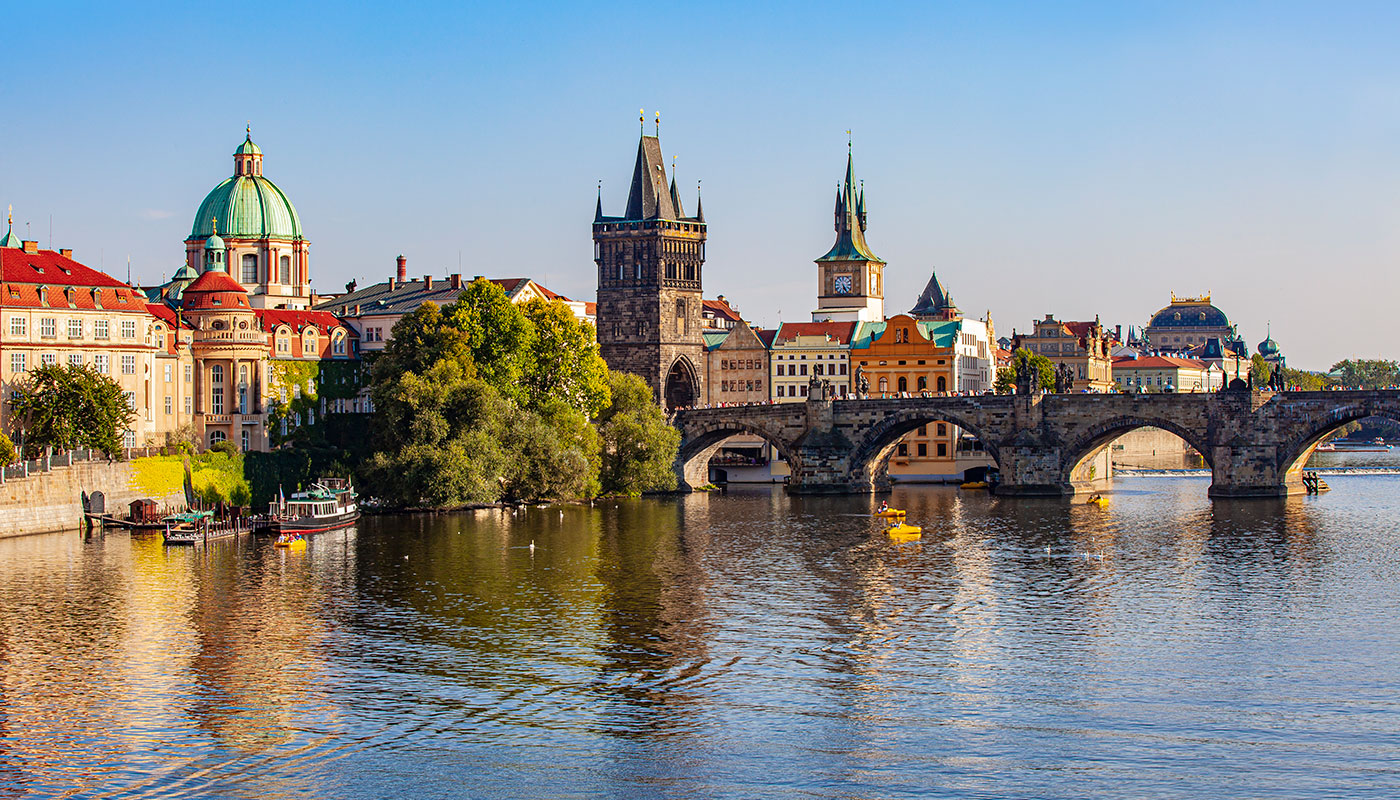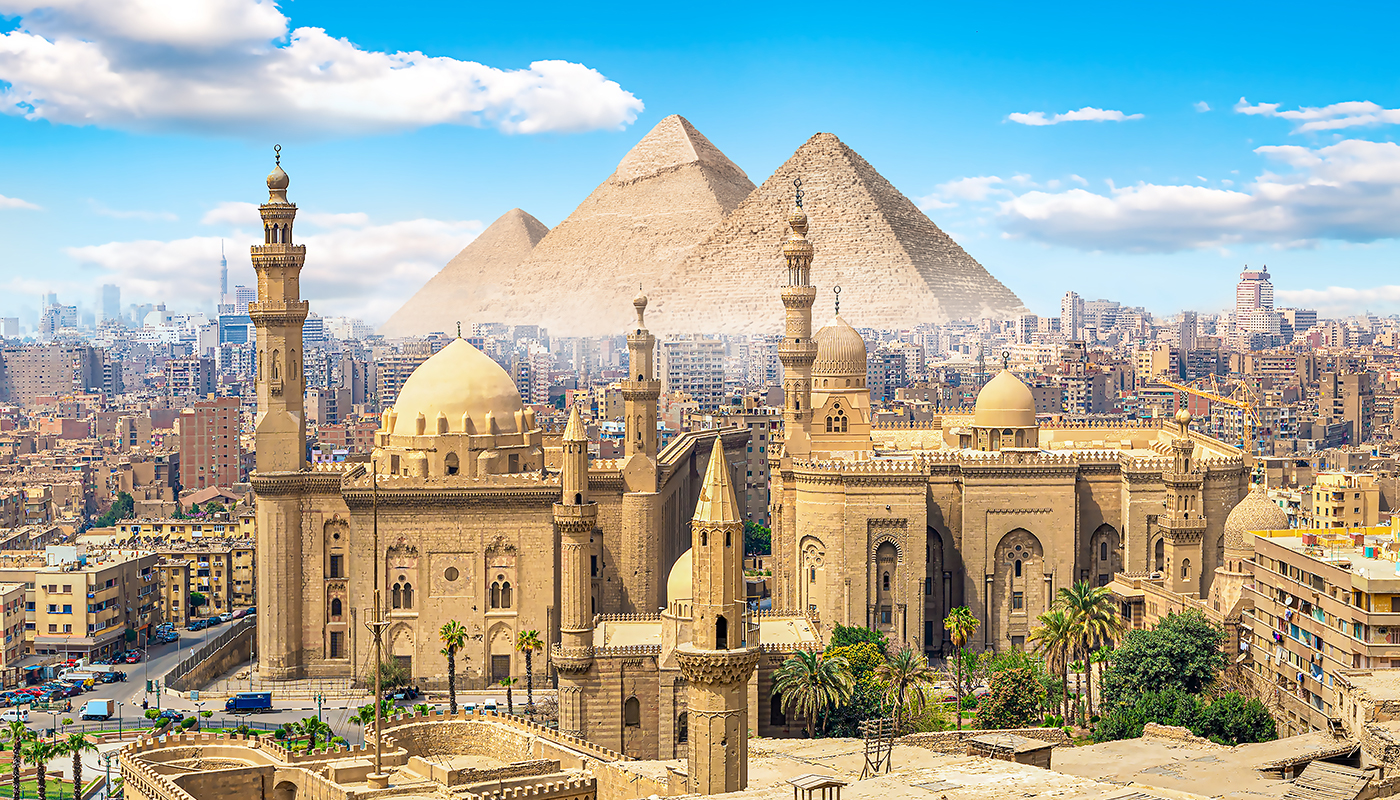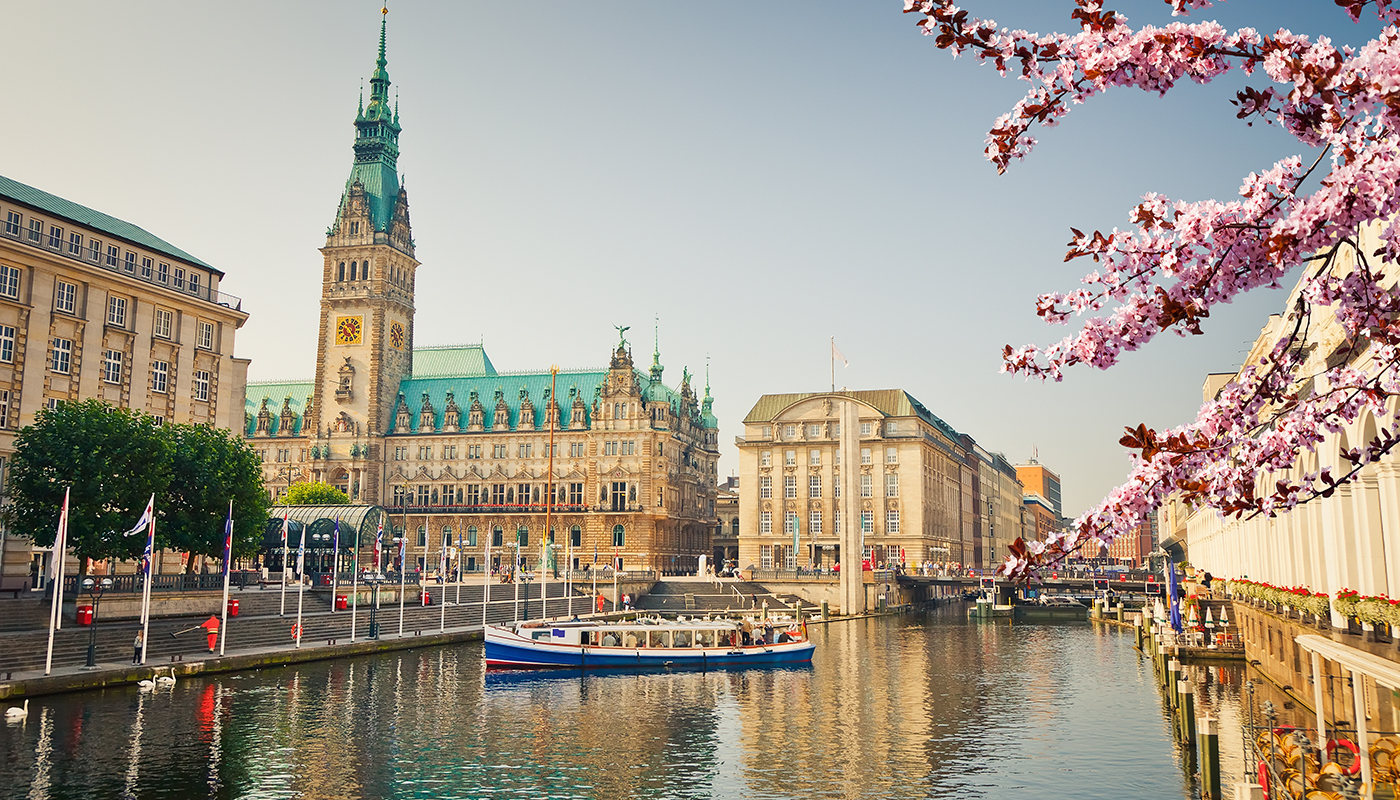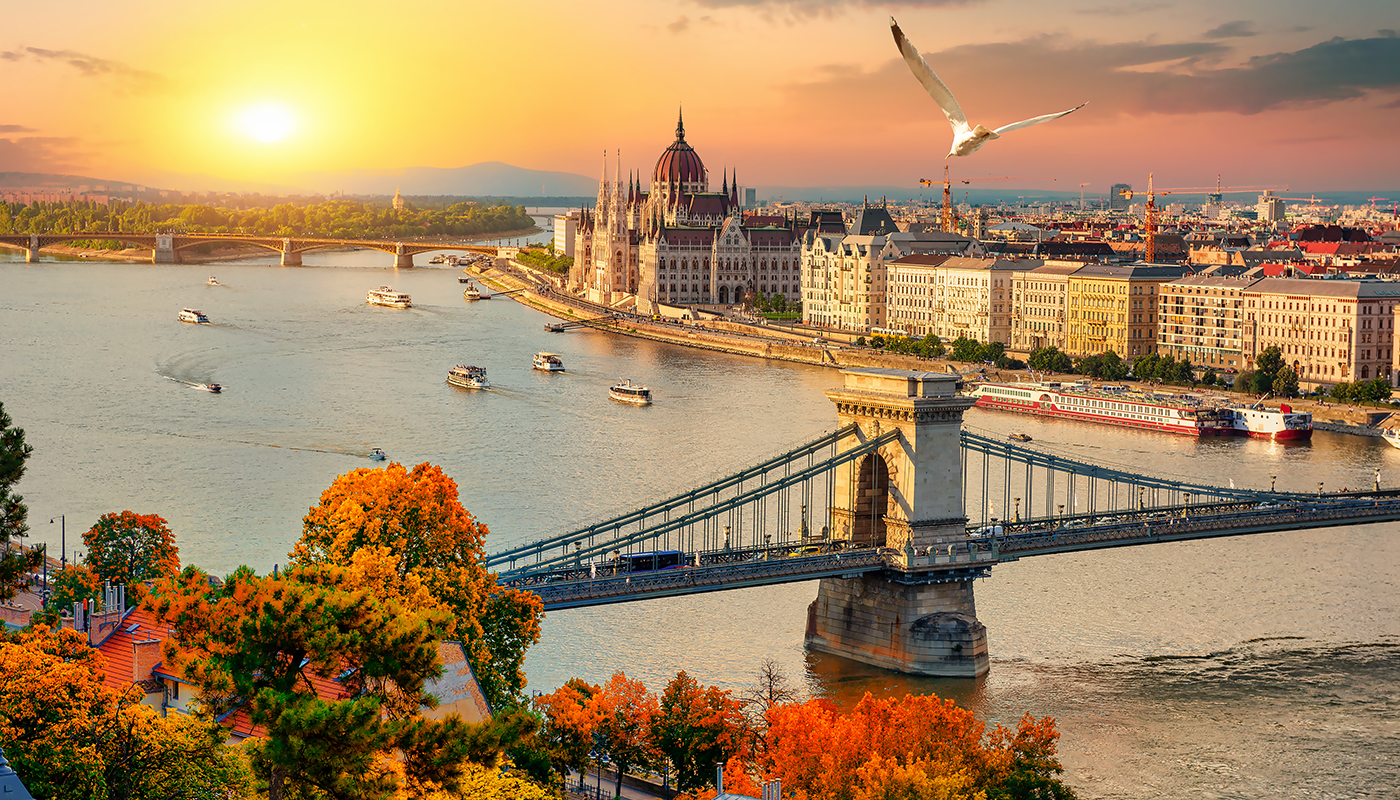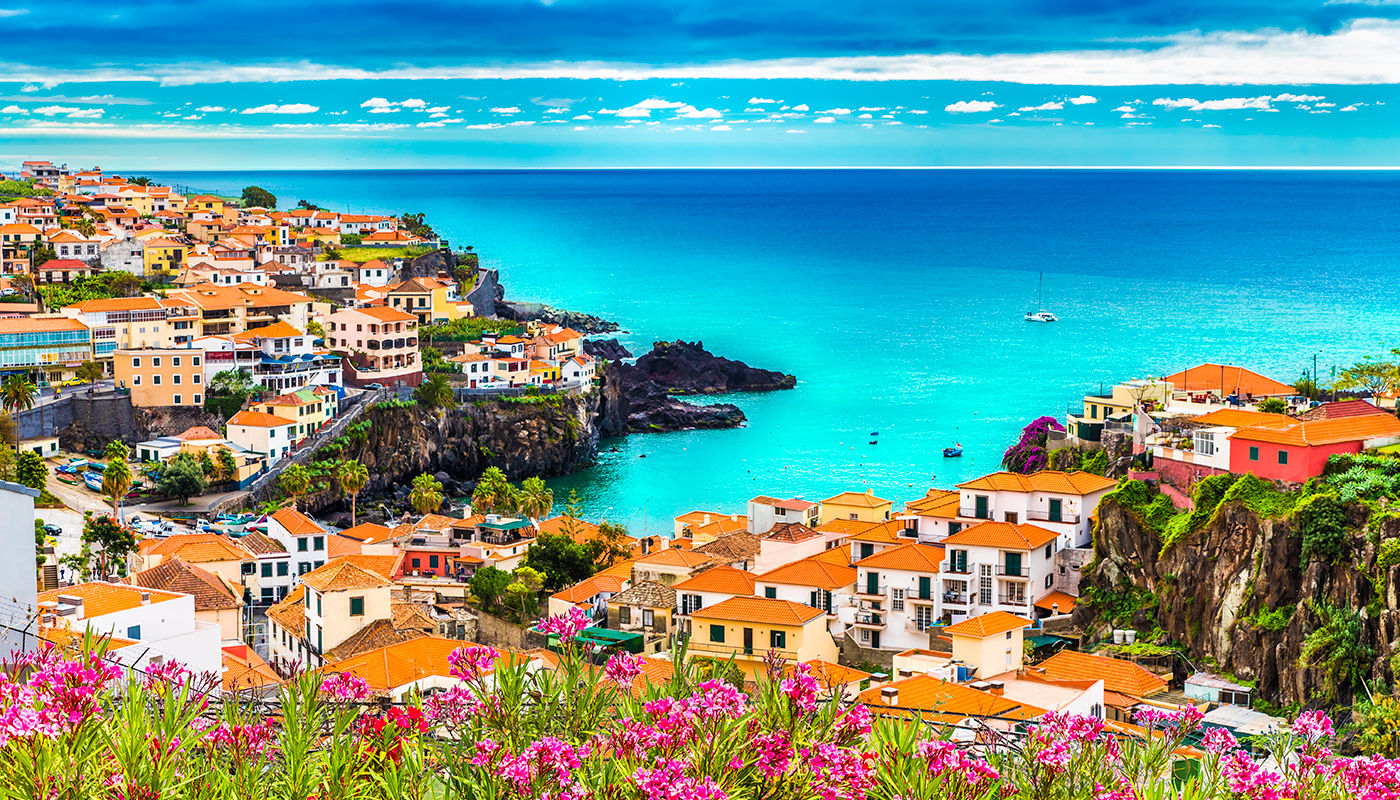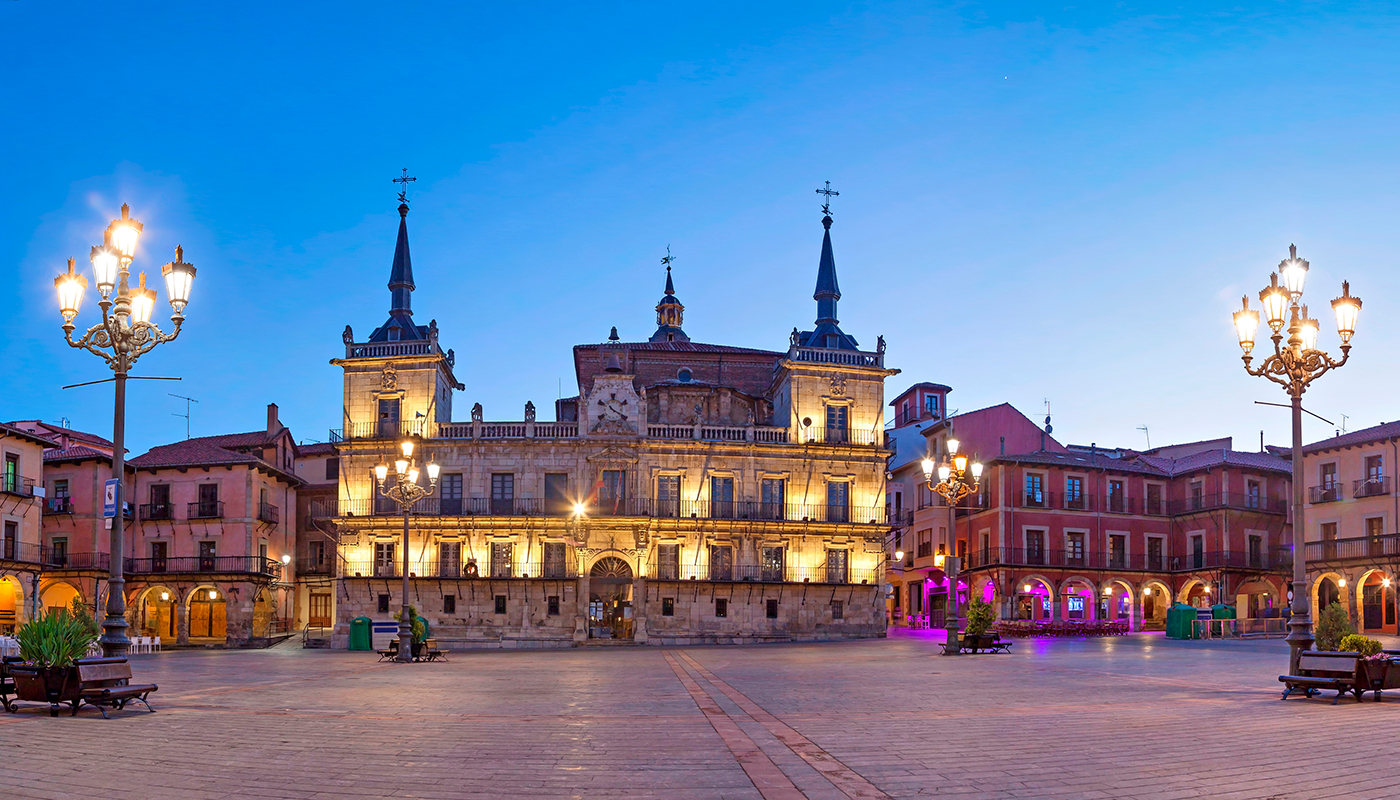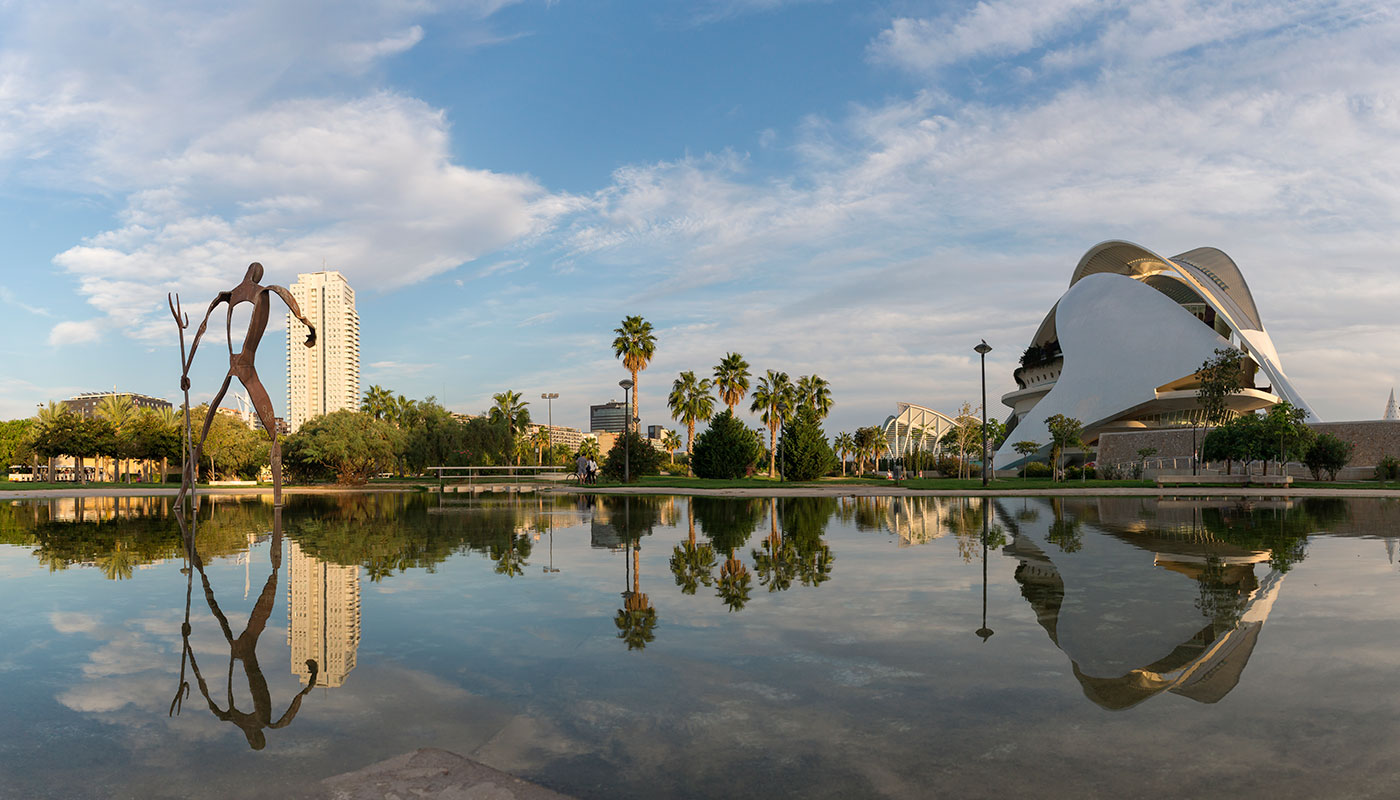Leipzig is a city that seems to be in a constant turmoil. Strolling through its streets, you will find traces of its medieval past as well as the creative vitality that has redefined its former industrial spaces into art and culture factories. In its squares, echoes of Bach and Mendelssohn still resound, and traces of the peaceful movement that challenged the GDR regime in 1989 can still be felt. Leipzig breathes innovation, from the Plagwitz neighbourhoods and their street art to the Soviet-era buildings converted into pop-up art galleries and alternative cafés. With a nightlife throbbing until dawn, this Saxon city remains today a magnet for young artists, thinkers and travellers who want to experience a different, authentic and ever-changing Germany.
Old Town Hall: a journey through Leipzig’s history
Leipzig’s Old Town Hall, or Altes Rathaus, is one of the greatest examples of Renaissance architecture in Germany. Built in 1556 under the direction of Hieronymus Lotter, it stands out for its ornate yellow and red façade and its elegant central tower which is shifted laterally to one side, giving it a unique character. For centuries, this building was the administrative heart of Leipzig and, until 1909, when the new town hall was opened on Augustusplatz, it served as the official seat of the city government.
The building was also damaged during World War II, especially its roof and parts of its structure. Nevertheless, it was painstakingly restored to its original splendour in the decades that followed, continuing its legacy as one of the city’s historic symbols. Today, the Old Town Hall houses the Leipzig History Museum, a fascinating collection that provides a comprehensive overview of the city’s development through objects, documents and art. From medieval relics to artefacts that tell the story of life in East Germany, the museum gives visitors an insight into the political, social and cultural changes that have defined Leipzig.

Saint Thomas Church: the final resting place of the composer Bach
Saint Thomas Church is one of Leipzig’s most iconic landmarks and a shrine for classical music lovers. This Gothic church, famous the world over as the final resting place of Johann Sebastian Bach, was founded in the 13th century and has been renovated several times, giving it a unique appearance that combines Gothic and Renaissance elements. Bach served as the music director at this church for more than 25 years, and his presence is still felt in every corner. One of its main attractions are the Gothic stained glass windows depicting figures such as Luther, Bach and Emperor Wilhelm.
In addition to Bach’s tomb, Saint Thomas Church is home to the famous Thomanerchor, one of the oldest and most prestigious boys’ choirs in Germany, founded in 1212. Attending one of its concerts is an unforgettable experience, transporting visitors back to the Baroque era. The Bach statue in front of the church is a tribute to the composer and a place of pilgrimage for music lovers, finding there a place of meditation and admiration.

Saint Nicholas Church: the staging ground for the ‘Peaceful Revolution’ against communist rule
Saint Nicholas Church, the oldest in Leipzig (12th century), is known not only for its imposing architecture, but also for its importance in Germany’s recent history. This building, which combines Romanesque, Gothic, Neoclassical and Baroque styles due to its successive remodelling, became a symbol of peace and resistance during the 1989 protests that helped precipitate the fall of the Berlin Wall. Every Monday, thousands of people gathered in this church to pray and ask for freedom, thus initiating the so-called ‘Peaceful Revolution’.
The interior of Saint Nicholas Church is a wonder in itself, with painted columns that mimic palm leaves, creating an ethereal and unique atmosphere. It also has one of the finest organs in Germany, and you can attend concerts on weekends. Although Leipzig has changed considerably since those days of protest, Saint Nicholas remains a place of reflection and a reminder of the importance of peace and peaceful resistance in German history.

Monument to the Battle of the Nations: one of the Empire’s bloodiest battles
The Völkerschlachtdenkmal, or Monument to the Battle of the Nations, is one of the most imposing monuments in Europe, built to commemorate the decisive battle of 1813 in which the Allied troops (Prussia, Austria, Russia and Sweden) defeated Napoleon. This colossal building, located four kilometres from the city centre, rises 91 metres above the skyline and provides panoramic views of Leipzig and its surroundings.
Climbing to the monument’s viewing platform is a must for all visitors. From there, you can admire the expanse of Leipzig and the fields that were once the scene of the greatest armed confrontation of all the Napoleonic wars and the main battle lost by Napoleon, as well as one of the bloodiest ever in Europe, where 100,000 were killed. Inside, the monument houses a crypt and a Hall of Fame, where giant statues pay tribute to the soldiers who gave their lives in battle.

Mädler Passage: a shopping arcade where Goethe’s memory survives
Mädler Passage is one of Leipzig’s most beautiful shopping arcades and the perfect place to enjoy an elegant stroll. Built in the early 20th century, this covered arcade is famous for its exclusive shops, elegant cafés and art nouveau architecture. It is the ideal place to find high quality boutiques and have a coffee while watching the comings and goings of locals and tourists.
One of Mädler Passage’s attractions is the Auerbachs Keller restaurant, immortalised in Goethe’s ‘Faust’. This former wine cellar has been a meeting place for centuries and served as a source of inspiration for writers, artists and thinkers. As a young student, Goethe used to go there to drink with his classmates, and the local tales he heard regarding the legendary Doctor Faust inspired him to create his famous literary work. That is why eating at this restaurant is immersing yourself in a magical atmosphere, surrounded by Leipzig’s rich literary and cultural history.
Augustusplatz: Leipzig’s modern hub
Augustusplatz is one of the largest squares in Europe and the modern beating heart of Leipzig. Surrounded by iconic buildings such as the Leipzig Opera House and the Gewandhaus, home to the city’s symphony orchestra, this square is a large open area that is often the venue for events and festivals.
Built in 1785, it is the perfect place to appreciate the city’s architectural development in the 20th century. Leipzig University, founded in 1409, is also located on Augustusplatz, and its new contemporary architecture contrasts with the classical design of the opera house and the Gewandhaus. This mix of architectural styles reflects the diversity and evolution of Leipzig, a city that is always on the move and offers visitors a variety of first-class cultural activities.

Museums: an impressive variety that includes painting, history, music, applied arts and ethnography
Leipzig has an amazing array of museums ranging from art and history to science. The Museum of Fine Arts is a must for art lovers, with works by painters such as Caspar David Friedrich and Max Klinger. This museum, housed in a modern glass building, is one of the city’s leading cultural venues.
For history buffs, the aforementioned Leipzig History Museum and the Grassi Museum are a must. The latter has three museums in one: an ethnography museum, an applied arts museum and a musical instruments museum. Each one provides a unique and enriching vision of their discipline, with a comprehensive vocation that embraces the world at large.
How to get to Leipzig from Dresden: an easy and pleasant trip
Getting to Leipzig from Dresden is quick and easy. The train is the most comfortable option, with a journey time of approximately one hour. Trains depart frequently from Dresden Central Station, so it is easy to plan a day trip. If you prefer going by car, the A14 road connects the two cities, offering a scenic drive through the green landscape of Saxony.
Where to eat: Saxon cuisine in historic and hipster restaurants in Plagwitz
Leipzig has a vibrant gastronomic scene that blends traditional Saxon cuisine with international influences. Auerbachs Keller is a must, not only for its history, but also for its traditional dishes such as Sauerbraten (roast meat) and Klöße (potato dumplings). Another popular spot is Zills Tunnel, a rustic restaurant serving regional specialities in a cosy atmosphere.
For those looking for trendier options, the Plagwitz neighbourhood is known for its international restaurants and trendy cafés. There, the influence of Leipzig’s creative youth is felt in every corner, from fresh local ingredients to the innovative menus that reflect current trends.







